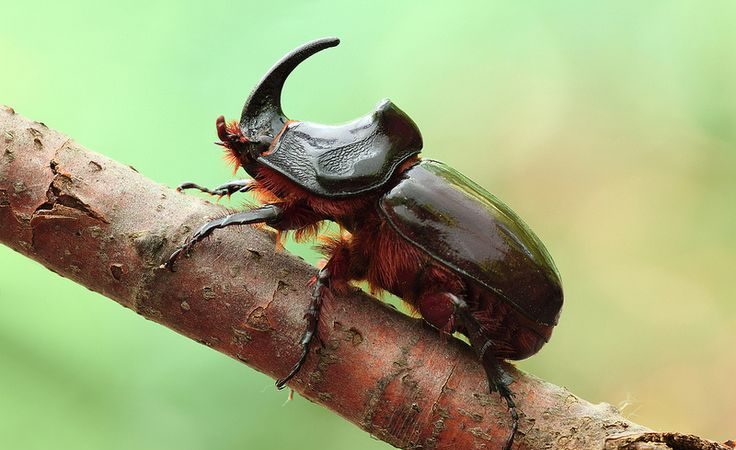When you picture an African safari, what comes to your mind? Supposedly the majestic “Big Five”: the lion, leopard, elephant, rhino, and Cape buffalo. These iconic creatures are undoubtedly magnificent, and a sighting of any one of them is a highlight for any traveler of the African safari. However, Africa’s wilderness is teeming with incredible biodiversity, and sometimes, the greatest joys come in the smallest packages.
Explore the “Small Five” a delightful counterpoint to their colossal counterparts, offering a unique and equally rewarding safari experience. While not as famous, these miniature marvels are just as fascinating, and a focused effort to spot them adds an exciting layer of challenge and discovery to your adventure.
The Big Five: A Legacy of Grandeur
Let’s quickly revisit the Big Five. Their name isn’t derived from their size, but rather from the historical difficulty and danger associated with hunting them on foot this term was brought forth by big game hunters. Today, they represent the pinnacles of African wildlife viewing, drawing millions of safari goers. Let’s take a little breakdown of these iconic creatures;
Lion: The undisputed king of the jungle (or rather, the savanna), known for its powerful presence and social pride structure.
Leopard: Elusive and solitary, a master of camouflage often spotted draped over tree branches. An amazing coat that blends perfect with the voids of the savannah.
Elephant: The largest land mammal, intelligent and highly social, with an unforgettable trumpeting call.
Rhino: Ancient and endangered, a testament to raw power, with two species in Africa: black and white.
Buffalo (Cape buffalo): A formidable and sometimes unpredictable beast, known for its distinctive bossed horns.
These big five animals play a big role in sustaining and balancing of the wildlife eco system.
THE SMALL FIVE: A WORLD OF INTRICATE WONDERS
The Small Five are a playful, yet clever, selection of creatures that often mirror the Big Five in some characteristic, be it their name, a shared habitat, or a similar behavior. Searching for them requires patience, keen observation, and often, the assistance of a knowledgeable guide.
- The Elephant Shrew (vs. Elephant)
Don’t let the name fool you the elephant shrew is no miniature pachyderm. Instead, it’s a tiny, insectivorous mammal characterized by its elongated, flexible snout, reminiscent of a miniature elephant’s trunk. These incredibly quick and skittish creatures are often found scuttling through leaf litter, constantly foraging. Spotting one requires a sharp eye and a good deal of luck, but their frantic energy is truly captivating. These stunning creatures are endemic to Africa and can be found in countries like Kenya, Uganda, Tanzania, south Africa and Ethiopia among others.
- The Leopard Tortoise (vs. Leopard)
While it won’t be scaling trees like its namesake, the leopard tortoise earns its place in the Small Five due to the beautiful, intricate patterns on its shell, which resemble the rosettes of a leopard. These slow-moving reptiles are the largest tortoise species in Southern Africa and can live for an impressively long time. Finding one might be easier than spotting a real leopard, but their gentle nature and ancient appearance make them a truly charming discovery. These amazing creatures are also known for their good climbing of rocky terrain. They can be found in countries like Uganda, Kenya, south Sudan, Tanzania, Namibia, and Botswana among many others. However they have been victims of illegal pet trade in Asia.
- The Rhinoceros Beetle (vs. Rhino)
This fascinating insect, a true powerhouse of the insect world, is named for the prominent, horn-like projections on the males’ heads, strikingly similar to a rhino’s horn. Rhinoceros beetles are incredibly strong for their size, capable of lifting objects many times their own weight. Often found in decaying wood or compost, spotting one in its natural habitat is a testament to the incredible diversity of even the smallest creatures. These can be found in the sub Saharan Africa and the southern Africa.
- The Antlion (vs. Lion)
This one is perhaps the most intriguing, as the antlion’s “lion-like” quality comes from its predatory behavior rather than its appearance. The adult antlion resembles a dragonfly, but it’s the larval stage that earns its reputation. The antlion larva digs conical pits in sandy soil, patiently waiting at the bottom to ambush ants and other small insects that tumble into its trap a true “lion of the ants.” Spotting these clever traps, and perhaps even witnessing a successful hunt, is a truly unique safari experience. Their larva stage calls for more attention since it lasts longest in an Antlion’s life cycle going up to three years of fierce hunting whereas the adult stage lasts for a few weeks of less hunting and feeding and more resting.
These can be found Kenya, Tanzania, and the southern Africa.
- The Buffalo Weaver (vs. Cape buffalo)
The buffalo weaver, particularly the Red-billed Buffalo Weaver, is a robust and social bird species found in arid and semi-arid regions. They are known for their large, messy, communal nests often built in acacia trees, which can resemble miniature haystacks. Their common name is derived from their frequent association with large herbivores, particularly buffalo, as they often forage for insects disturbed by the grazing animals. Their raucous calls and bustling activity around their impressive nests make them a lively addition to the Small Five checklist.
Why are they called the small five?
Have you come to think about it? They acquire their name the “small five” as a clever and conservation-minded counterpoint to the big five. Each of the small five species shares part of its name with one of the big five animals. The name was therefore stipulated in that way in order to;
- Highlight the lesser known species of the vast African savannah
- Promote interest in biodiversity, scaling the heights and increasing the platform for a much worthy experience.
- Encourage eco tourism that appreciates all forms of wildlife.
Why Seek Out the Small Five?
Hunting for the Small Five isn’t just about ticking off a list; it’s about enriching your entire safari experience:
Heightened Observation Skills: It forces you to slow down, look closer, and appreciate the intricate details of the ecosystem.
A Deeper Appreciation for Biodiversity: It highlights the incredible variety of life, from the macroscopic to the microscopic.
A Unique Challenge: It adds an element of fun and a rewarding sense of accomplishment when you finally spot one of these elusive creatures.
Supporting Conservation: Understanding and appreciating all forms of wildlife, big and small, contributes to a broader conservation ethic.
While the Big Five will undoubtedly continue to captivate, consider dedicating some time on your next African safari to seeking out the Small Five. You might just discover a whole new world of wonder, proving that in the vastness of the African wilderness, some of the most memorable encounters come in the most unexpected, and often tiny, packages.
Happy travels with pearl gorilla tracking expeditions.


Comment (0)